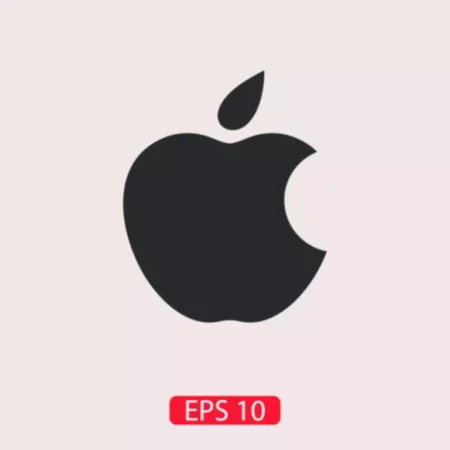Stock Dividends
A stock dividend is a form of dividends that is issued by a corporation instead of issuing cash dividends. Thus instead of actual outflow of cash, the stockholders further receive stocks with no change in the value of their original holding. Stock dividends:
- Primarily aid company to combat with cash crunches;
- Have no impact on shareholders wealth at the time of issue;
- Lead to dilution of earnings per share.
For stock dividends, there are two types: small stock dividend and a large stock dividend. A small stock dividend occurs when a company issues a dividend that is 20 to 25 percent of the company’s currently issued stock. In that case, the dividend is recorded at fair market value. A large stock dividend then is when the company issues a dividend that is more than 20 to 25 percent of the currently issued stock. Since it is such a large amount that could influence the market value, those are recorded at par value.
As you can see, there is a range of 20 to 25 percent and that is because there are other factors that can influence whether or not a stock dividend is considered a small stock dividend or a large stock dividend.
Stock Splits
A stock split is different in that additional shares are issued to stockholders. The split is essentially when the management decides that it is going to split its share price, so it can bring its share price to a lower amount to stimulate investing by smaller investors. What happens is the par value or the stated value of the share is reduced, while the number of shares outstanding increases.
Basically, if a stock is $250 and the company wants to bring that share price down to $125 the next day, it can announce a stock split. Shareholders who already own those shares will have two shares for every share, but these two shares will be lower in value and worth $125. In other words, both share will equal to what it was for one share before ($250).
Stock splits are usually done by companies whose stock prices get really high and it is desired to lower their value. This allows them to get more investors because they can appeal to a broader base of investors. One of the examples is Apple. At one point, Apple stock price was over $700 a share, so they did a 7-for-1 stock split in 2014. What that meant is that for every one share a shareholder had before at $700, they now had 7 shares at $100 each. Another stock split was done just recently.
Stock Split vs Stock Dividend
As you can see, there are big differences between these two terms. Both of these are written down in the financial accounting records. However, no journal entry is needed to account for a stock split. A memorandum notation in the accounting records indicates the decreased par value and an increase in the number of shares. The financial accounting for stock dividends is more detailed and does require journal entries.
Similarities:
- Value to investors
- Market capitalization
- Percentage holding
Differences:
- Purpose
- Change in share capital
- Accounting entry
What is Better?
Stock splits are better if you are someone that is such a small investor that you cannot really afford some of these more expensive stocks, like a Google stock or an Amazon. So, if you only have like $100-$300 to invest, you cannot even buy those shares. In this case, the stock split is the best thing for you. In most cases though, the share prices are not that high, and most serious investors can afford them. Even beginners, small investors have a wide choice of company stocks they can buy.
Stock dividends are nice and one of the primary reasons for investing in a particular company. Beginner investors, though, put more value on the dividends being paid than on the future prospects of the company and other factors. A dividend usually matters if you are looking for income to come in. So, maybe you have a lot of money invested in a stock or you are a retiree and do not want to sell stocks, reinvest, etc. In this case, dividends are preferable so you can collect dividends and have your money.
Other investors prefer companies to used that cash to grow, create new products or services, improve the current ones, and so on instead of paying out to their shareholders. In the long term, this will mean that the share price will grow and the investor will gain more.



















